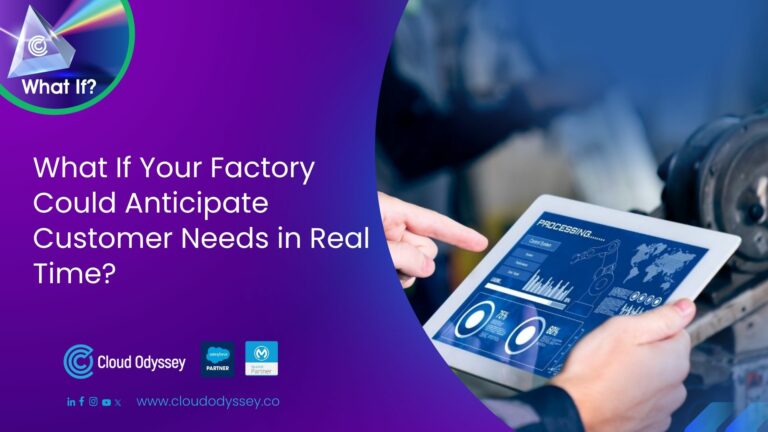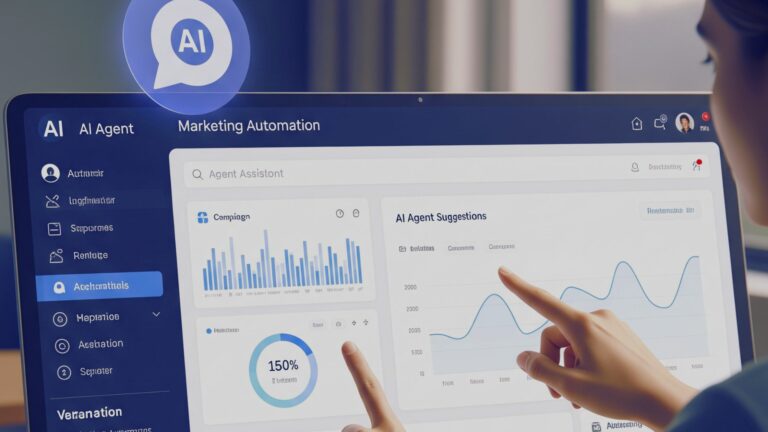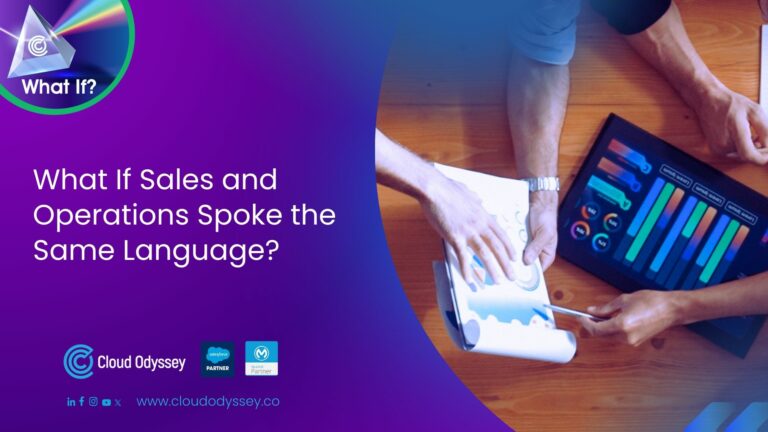The ability to deliver projects efficiently and effectively has become a crucial factor in achieving organisational success. Whether it’s a small-scale or a large-scale undertaking, project management plays a pivotal role in ensuring goals are met, resources are optimised, and stakeholders are satisfied.
Project management is the discipline of planning, organising, and controlling resources to achieve specific objectives within defined constraints. It is a systematic approach that brings together people, processes, and tools to drive projects from initiation to completion. By employing proven methodologies and best practises, project managers can navigate complexity, mitigate risks, and deliver results on time and within budget.
Developing an e-commerce site requires careful project management to ensure the successful completion of the project. Here are some key steps and considerations for managing an e-commerce site development project:
Define the scope
Defining the functionalities and integrations that need to be part of the site is a must. We need to finalise whether all the functionalities will go through a single phase or multiple phases.
Requirements gathering
Requirement gathering is crucial in the development of an e-commerce site for several reasons. It helps us get a view of the features, customizations, UI changes, and integrations that the client expects us to incorporate into the e-commerce site.
Estimations
Detailed estimates play a crucial role in IT project management for several reasons. They provide a more accurate understanding of the effort, time, and resources required to complete a project successfully. Here are the key reasons why detailed estimates are important
Project planning
Start by defining the project scope, objectives, and requirements. Identify key stakeholders, establish a timeline, and allocate necessary resources.
Timelines
Project durations play an important role in the quality of the site. It would be advisable to have 3 weeks of a scrum for managed services. And for implementations, it would be advisable to start the development of the next drop or page once the SIT of the previous drop or page is done. This will help us avoid rework, spend more time on bug fixes, and improve the quality.
Team formation
Assemble a team with the required skills and expertise, including web developers, designers, UX/UI specialists, content creators, and testers. Assign clear roles and responsibilities to team members. Always make sure medium-sized teams with a mix of senior and junior resources are allocated to the team.
Daily scrum calls
Keeping shorter scrum calls and involving only the lead in the scrum calls for e-commerce site development can have several advantages. It will save a lot of time for the team to spend time on the actual work.
UX/UI designs
The UI/UX designs of an e-commerce website are crucial for creating a positive user experience, establishing a strong brand presence, differentiating from competitors, optimising for mobile devices, and ultimately driving conversion and sales. Investing in a thoughtful and user-centric design can significantly contribute to the success and growth of an e-commerce business.
Functional and technical specification documents (FSD and TSD)
Functional and technical specification documents are key for successful e-commerce site development and delivery. Though you are using JIRA, the source of truth for the implementation projects should be the design documents. Once any query is clarified, the same should be documented in design documents with ticket references. It will take a lot of time for the testers during the SIT and UAT phases. It is BA responsibility to make sure that functional requirements are updated in FSD and TA responsibility to make sure that technical requirements are updated in TSD.
Requirements analysis and clarifications
Before starting the development of any page, drop, or release, it is very important in implementations and managed services to set up a call to understand whether the TA, BA, UI Lead, and QA Lead understandings are the same. A query ticket needs to be created in JIRA to get clarification If there is any difference in understanding or documentation of the requirement, this process will help reduce bugs in unit testing, SIT and UAT phases and eventually improve the quality of the product.
JIRA process
JIRA is an incredibly important tool for e-commerce project management, as it supports the effective implementation of Scrum principles and facilitates the management of Agile projects. In implementation projects, it would be better to avoid using JIRA as a source of truth about requirements, which can be considered a query clarification and user story tracking tool. We can consider JIRA as a source of truth for managed services, and we can create scrum dashboards.
Delivery approaches
There are mainly two approaches: scrum and drop. The Scrum approach helps with managed services. A drop approach can be implemented wherein you deliver the full page to the QA rather than half-completed pages. It is the project manager’s responsibility to make sure that all the resources in the team understand and follow the delivery process.
Development and testing
Break down the project into smaller tasks, or sprints, and develop the site iteratively. Conduct rigorous testing to identify and fix any bugs or issues.
Test data
Test data plays a crucial role in the quality of the delivery. Make sure that sample catalogues, products, images, price books, customers, campaigns, promotions, and coupons cover all the possible scenarios.
SIT and UAT environments
While developers are testing the code on their local systems, it is important to set up separate instances for SIT and UAT. Any code should not be activated in the UAT instance until it is tested and approved in the SIT instance. It is the QA team’s responsibility to give approval to activate the code in the UAT instance and perform sanity in UAT before the user starts testing the same.
Code review and deployment process
Code review and deployment play a crucial role in gaining client confidence during the UAT. TA needs to make sure that code is thoroughly reviewed, merged, and deployed to the build SIT and UAT at agreed timelines into SIT and UAT instances. Once the code is deployed, it is the responsibility of TA to send communications to all the stakeholders with build details and ticket details that are deployed.
Performance optimisation
Check the logs and deprecated APIs, page load speed, mobile responsiveness, and overall user experience. Any issues in any of these should be fixed and texted before the site is approved for live.
Launch and post-launch support
Plan the site launch carefully, ensuring all necessary configurations and testing have been completed. Monitor the site closely after the launch, address any issues or bugs that arise, and provide ongoing support and maintenance.
While there are similarities between e-commerce site development project management and generic IT project management, there are also some distinct differences. Here are some aspects that differentiate the two:
Domain-specific knowledge
E-commerce site development projects require a deep understanding of the e-commerce industry, including online sales processes, payment gateways, inventory management, and user experience design specific to online shopping. Generic IT project management, on the other hand, can cover a wide range of domains and industries without the need for in-depth knowledge of any specific industry.
Integration with external systems
E-commerce sites often need to integrate with external systems such as payment gateways, shipping providers, inventory management systems, and customer relationship management (CRM) tools. Managing the integration of these external systems adds complexity to e-commerce project management that may not be present in generic IT projects.
Security and privacy considerations
E-commerce sites deal with sensitive customer information, including personal and financial data. Therefore, project management for e-commerce sites needs to pay special attention to security and privacy considerations, such as implementing secure payment gateways, complying with data protection regulations (e.g., GDPR), and ensuring secure storage and transmission of customer data. While security is a concern in generic IT project management as well, it may not be as prominent or industry-specific as in e-commerce.
Online marketing and conversion optimisation
E-commerce projects typically focus not only on building the site but also on optimising it for online marketing and improving conversion rates. Project management in the e-commerce space involves coordinating with marketing teams, conducting A/B testing, and implementing strategies to enhance the user experience, optimise product listings, and drive sales. Generic IT projects may not have the same emphasis on marketing and conversion optimisation.
These are just a few aspects that differentiate e-commerce site development project management from generic IT project management. Each type of project has its own unique challenges and considerations, requiring specific expertise and knowledge to ensure successful delivery.
Learn how these approaches can foster engagement, boost performance, and cultivate a positive team dynamic. Click here to read now.










